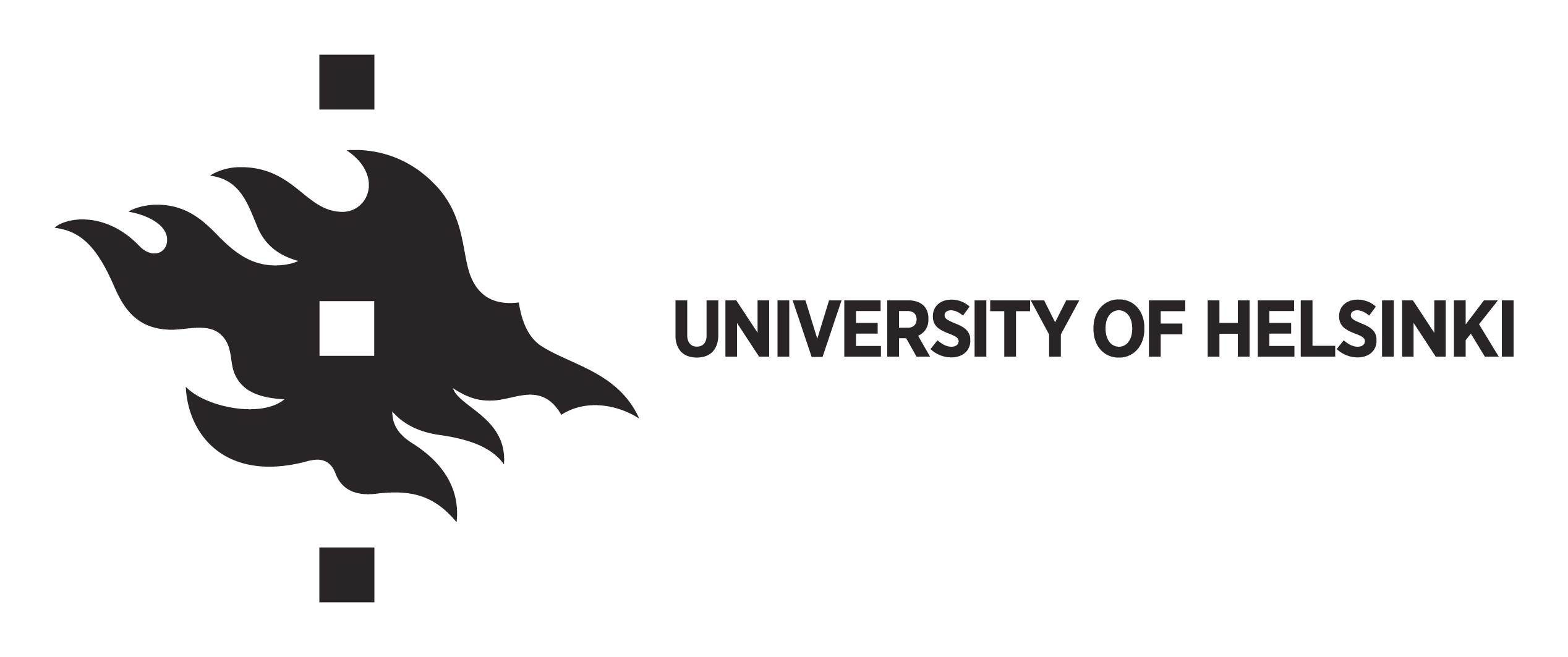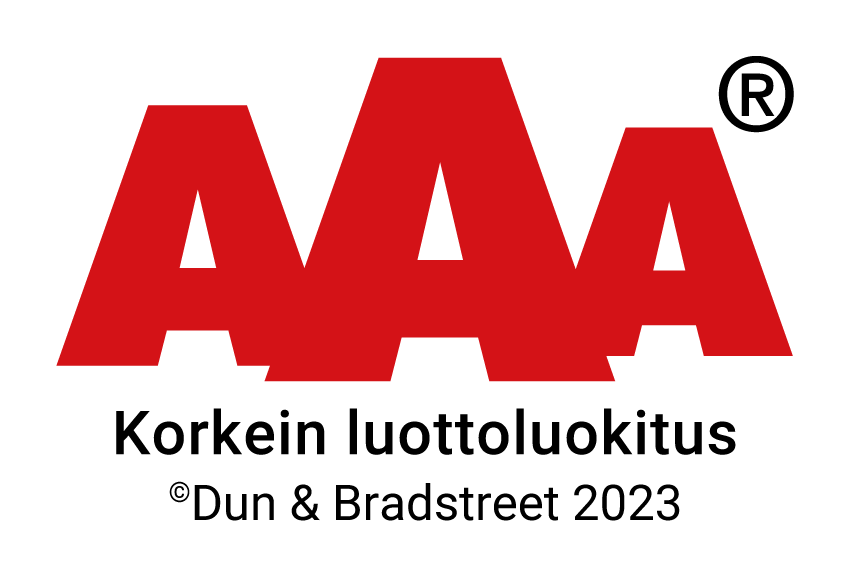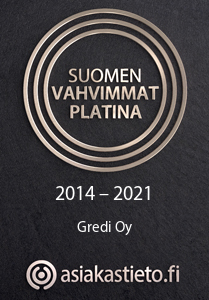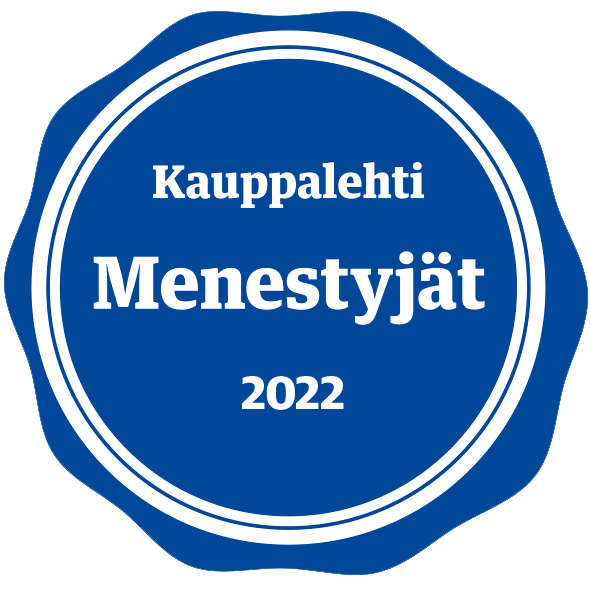
EVERYTHING IN ONE PLACE
The University of Helsinki is the largest and oldest university in Finland. Since 1640, it has been involved in creating a fair and equitable society which is considered the best in the world by many. Today this multidisciplinary scientific community is solving the problems that affect all of us, in Finland and internationally. The scientific community of 31,200 students and employees is creating solutions that shape the future of our planet.
Joanna Kokonmäki, Marketing Specialist at the University of Helsinki, says that there are over 7,800 employees at the University of Helsinki. Joanna has been working as a marketing professional at the University of Helsinki since 2015.
“The university world is very international in terms of reputation management. For example, 25% of the researchers in our scientific community are international professionals. Science in general is global,” says Joanna.
“There is a wide range of communication needs in the university world, but commercial terminology is not always well received in the academic world. Naturally, times are changing as competition between universities intensifies and efforts are made to attract more international researchers and students. You must differentiate. The tightening financial situation of universities also means that there is an increasing need to raise funding and communicate about it,” says Joanna.
What was the most urgent need for Gredi’s digital asset management service?
“It was necessary to find one platform that could store all the material in one place and that is easy to use,” Joanna sums up. “Previously there was a separate image bank and a separate material bank. That was not convenient for the users,” says Joanna.
The service created by Gredi is named UNI MATERIAL BANK. It contains all the communication materials that the University of Helsinki needs. There are over 24,000 different assets easily searchable with keywords. The service contains logos, PowerPoint presentation templates for different faculties, visual guidelines and customizable templates for different uses. This powerful tool has images for all purposes. You will find photos related to buildings, themes, people, communities and various sciences. “And of course, the presentation materials such as PowerPoint presentations and videos,” tells Joanna.
How to manage over 7,800 different users?
The University of Helsinki is an advanced forerunner in utilizing new digital services.
So, who are the different users of the service? “First of all, the marketing and communications staff and others whose work needs to be communicated. Furthermore we have more than 7,800 employees at the University of Helsinki and we have given them all access to the service,” says Joanna. “For example, researchers can find and use the PowerPoint presentation templates for their faculty,” Joanna illustrates.
“Separate material and image banks as well as many different usernames would be difficult to communicate. And also difficult to use. The fact that we have one Gredi platform is the most obvious bonus. You can find everything there. The downside in the beginning was the use of system IDs in our large community of thousands of users, but that was solved by Gredi integration! The usability of the service improved significantly as it was integrated with the authentication system already in use. It’s easy for users to remember one ID,” says Joanna.
Now, the system also recognizes whether the service is used bya teacher or communications staff, for example. Different users have different views and access rights. “We have 90 employees in our communications and public relations unit, and we are all individually identified by the system,” describes Joanna.
“Following the integration of user management, the use of the University of Helsinki service has grown more than 360 percent, which is a great result,” says Matti Tammisalo, Sales Director at Gredi.
Joanna has a great tip for all universities that are starting to use the Gredi Content HUB. “Plan carefully the user groups right in the beginning! It speeds up the design of the entire service, makes it easier to use and improves the user experience. The same goes for big universities and, of course, big companies,” Joanna says.
What new does the University of Helsinki create with customizable templates?
In the future, the University of Helsinki intends to create a lot of new things helped by the expanding use of Gredi’s service. “The greatest potential is in dynamic templates! They allow people to make invitations without separate layout software, for example. We already have customizable templates for brochures, invitations and flyers. Researchers often use poster templates to present their work at international conferences. Flyer templates are used the most frequently,” says Joanna.
“We could also consider making more extensive brochure materials with customizable templates,” says Joanna.
Unigrafia is developing the service together with the University of Helsinki and Gredi
The University of Helsinki has access to Gredi’s service through Unigrafia, a client of Gredi. Unigrafia is owned by Aalto University, Haaga-Helia University of Applied Sciences, University of the Arts Helsinki and the University of Helsinki.
“Unigrafia’s role is to be aware of the specific needs of its owners, and to adapt Gredi’s digital asset management service to meet them,” says Unigrafia’s Jorma Ahlqvist who is responsible for partnerships and development projects. “At the University of Helsinki, Gredi’s service is used by three different units – Communications, Properties and Facilities services and the National Library,” Jorma Ahlqvist sums up.






